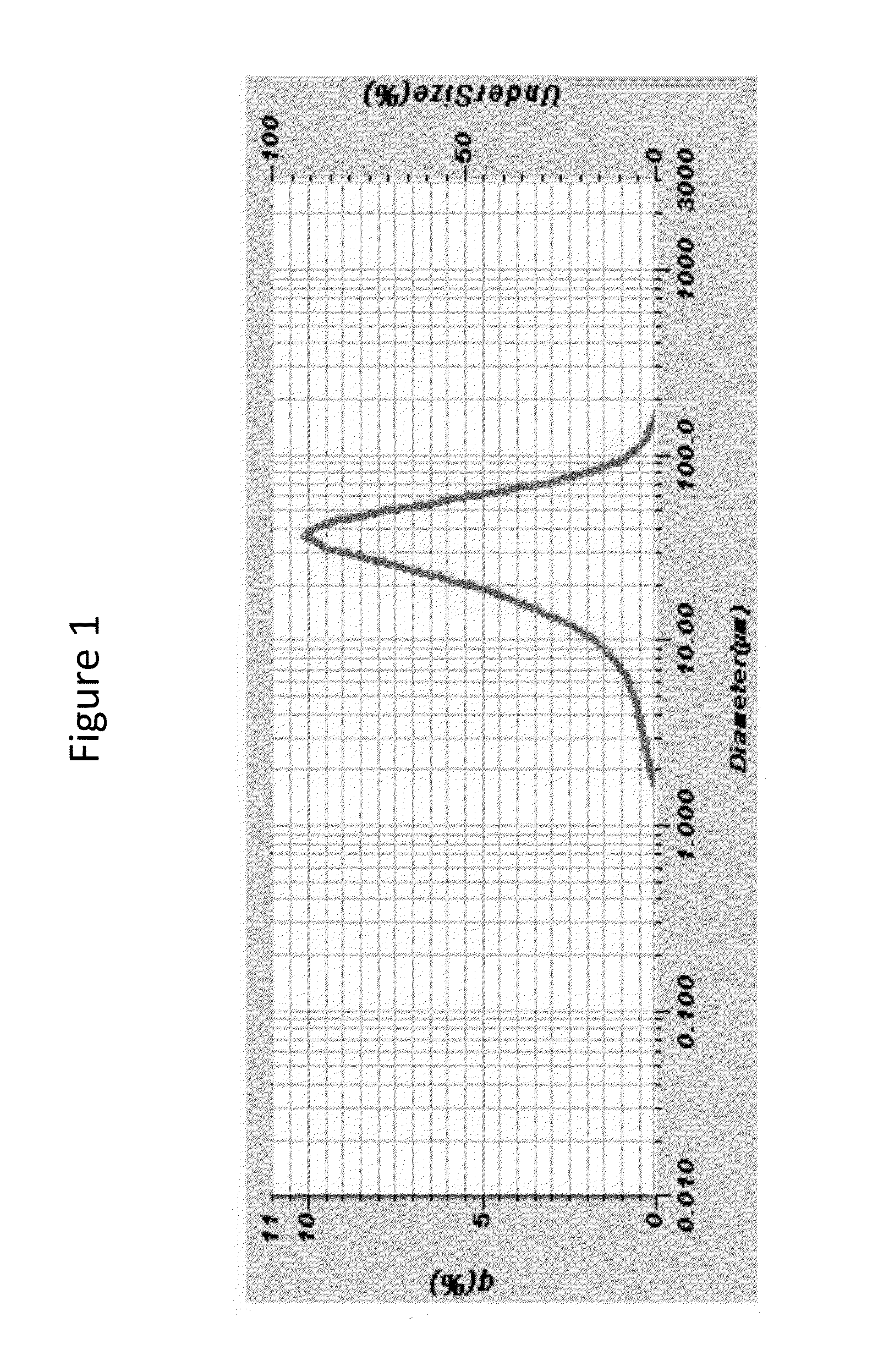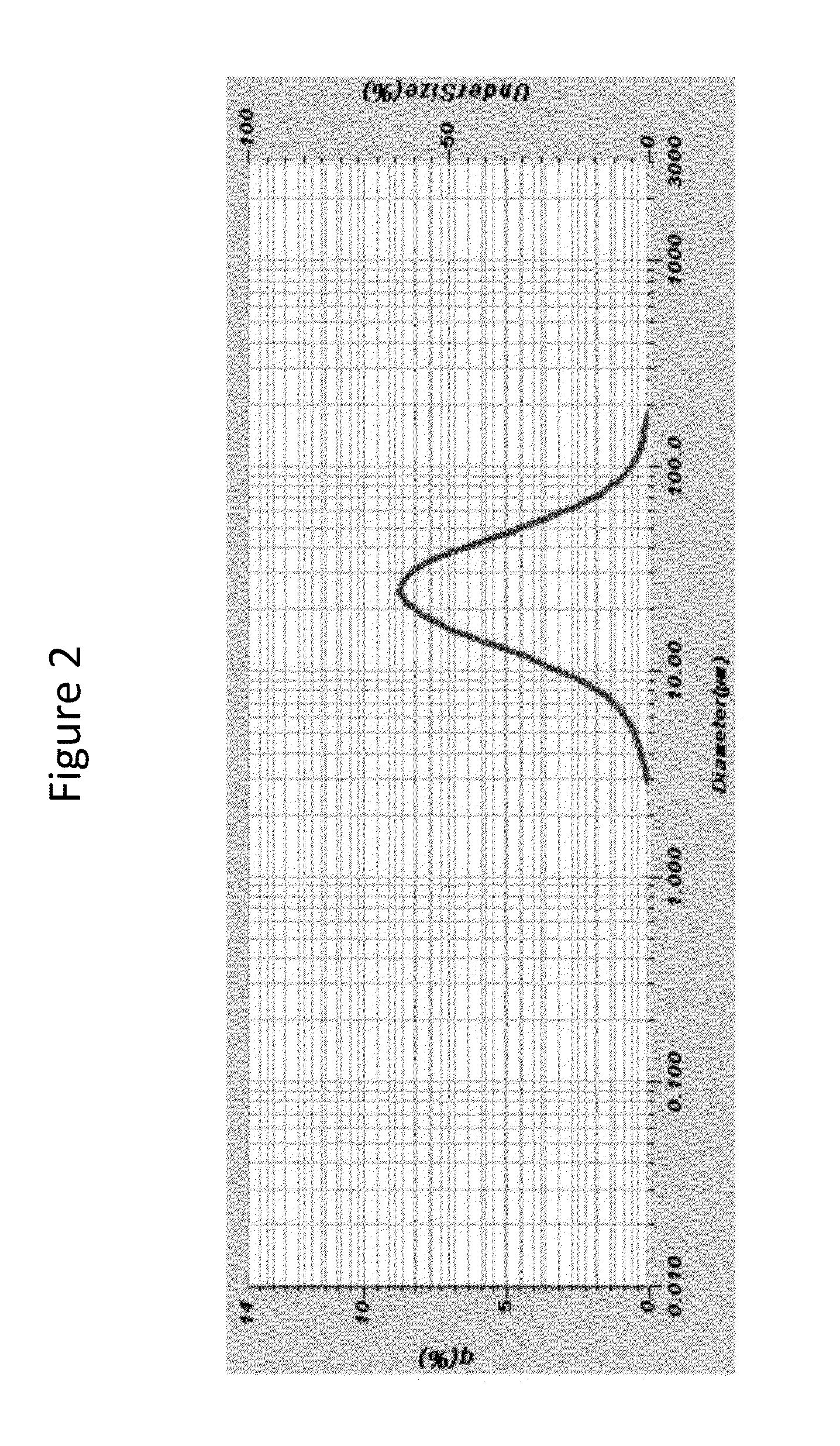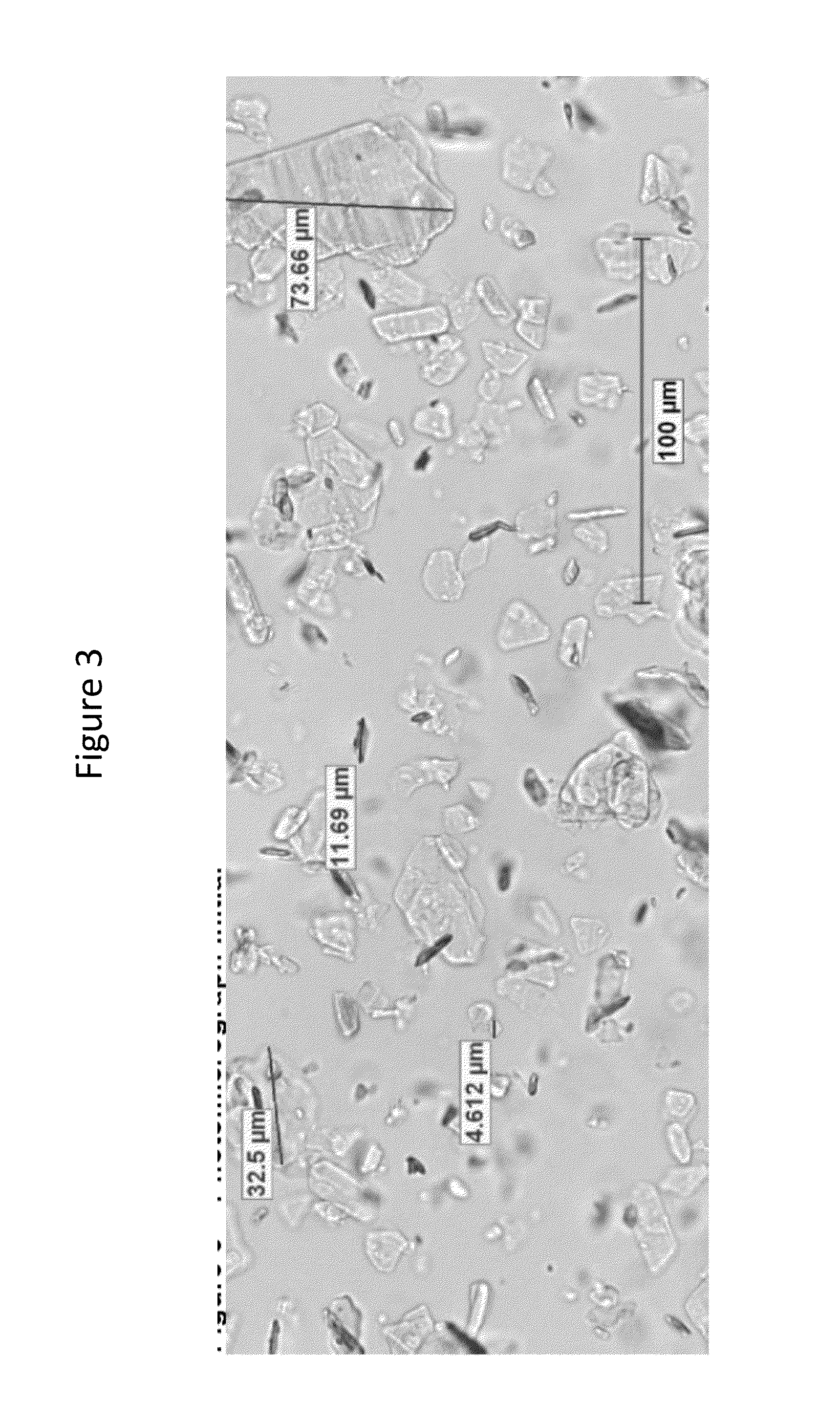Compositions for reduction of side effects
a technology of compositions and side effects, applied in the field of drug therapy formulations, can solve the problems of weight loss, stunted growth in adolescents and children, and many adverse side effects of patients, and achieve the effects of reducing side effects, improving chip score from baseline, and improving quality of li
- Summary
- Abstract
- Description
- Claims
- Application Information
AI Technical Summary
Benefits of technology
Problems solved by technology
Method used
Image
Examples
example 1
ADHD Co-Administration Regimen
[0114]Patient dosing is determined on an individual patient basis taking into account the age, size, and weight of the patient; severity of the condition; and empirical response to the treatment. Exemplary stimulant and non-stimulant dose and time-release regimens within the scope of the present invention are provided below. The doses in the following regimens are determined to be subtherapeutic based on a once-daily 20 mg therapeutic dose of Adderall XR. One of skill in the art would understand that the co-administration therapy can be altered, for general practice or for specific patients, in terms of dose, timing of release, and rate of release for either agent. The following dose regimens are contemplated to produce therapeutic effect with reduced side effects.
[0115]Exemplary Regimen A.
[0116]Patient is administered 10 mg of amphetamine salts (e.g. Dexamphetamine) and 1 mg guanfacine in a single dose in the early part of the day (e.g. morning). The a...
example 2
Nanoparticulate Formulation Dosing
[0125]Exemplary stimulant and / or non-stimulant dose and time-release regimens, for use with nanoparticulate formulation, within the scope of the present invention is provided below. One of skill in the art would understand that the regimens can be altered, for general practice or for specific patients, in terms of dose, formulation, combinations, timing of release, and rate of release for one or more agents.
[0126]Exemplary Regimen A.
[0127]Patient is administered 10 mg of a nanoparticulate formulation of amphetamine salts (e.g. Dexamphetamine) in a single dose in the early part of the day (e.g. morning). The amphetamine salts are formulated for immediate release over approximately 5 hours. Although the present invention is not limited to any particular mechanism of action and an understanding of the mechanism of action is not necessary to practice the present invention, it is contemplated that in this configuration the nanoparticulate formulation pro...
example 3
Deterrent of Abuse
[0138]Stimulants, such as amphetamines and methylphenidate, are widely abused as prescription products. The stimulants elevate the levels of dopamine as well as nor-epinephrine. Non-stimulants on the other hand act only by increasing the levels of nor-epinephrine. Drugs that elevate dopamine (e.g. amphetamine, methamphetamine, cocaine) make people euphoric. Due to this pharmacologic effect, stimulant drugs are abused whereas non-stimulant drugs typically are not. According to the National Institutes on Drug Abuse (part of the NIH) stimulants are abused for both “performance enhancement” and recreational purposes. For the former, they suppress appetite and facilitate weight loss. The euphoric effects of stimulants usually occur when they are crushed and then snorted or injected. Some abusers dissolve the tablets in water and inject the mixture.
[0139]In some embodiments, the present invention provides compositions, systems, and methods to deter the abuse of stimulant...
PUM
| Property | Measurement | Unit |
|---|---|---|
| diameter | aaaaa | aaaaa |
| diameter | aaaaa | aaaaa |
| mean diameter | aaaaa | aaaaa |
Abstract
Description
Claims
Application Information
 Login to View More
Login to View More - R&D
- Intellectual Property
- Life Sciences
- Materials
- Tech Scout
- Unparalleled Data Quality
- Higher Quality Content
- 60% Fewer Hallucinations
Browse by: Latest US Patents, China's latest patents, Technical Efficacy Thesaurus, Application Domain, Technology Topic, Popular Technical Reports.
© 2025 PatSnap. All rights reserved.Legal|Privacy policy|Modern Slavery Act Transparency Statement|Sitemap|About US| Contact US: help@patsnap.com



